Can condensation happen inside wood (without a surface)?
If a rafter has parts that get below dew point, and the rafter is encased in closed cell foam on both sides and above (foam board is on top of the deck on top of the rafter), condensation will happen whether or not there is a surface at / below dew point. Right?
(Theoretical question. I know there should be ventilation or adequate insulation, and I know foam sandwiches are not recommended. I don’t need practical answers to this question, thanks.)
Googled:
condensation without condensing surface
condensation in rafter
condensation in wood
Still couldn’t find an answer.
GBA Detail Library
A collection of one thousand construction details organized by climate and house part
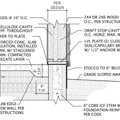
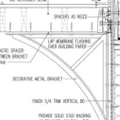

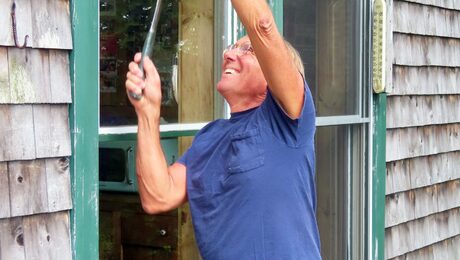

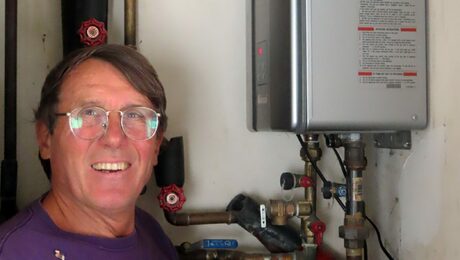
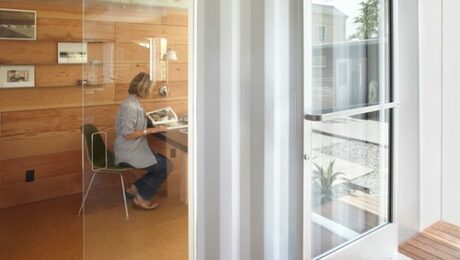
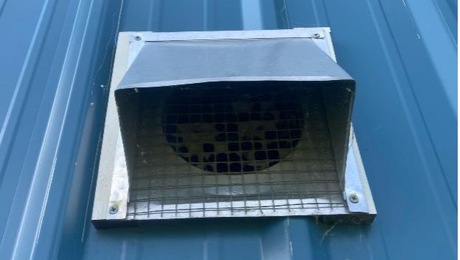
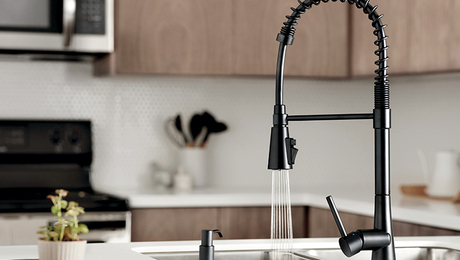
Replies
The moisture has to have a path in. Closed cell foam is a vapor barrier. To the extent there is leakage, rafters tend to spend a lot more time hot than cold, and when hot the vapor drive out will be greater than the vapor drive in when cold.
Closed cell foam is not a vapor barrier, it's a vapor retarder, so some moisture will work its way into the wood even if it's fully encased, though foam slows the process down a lot. When the wood accumulates moisture and the temperature is below the dewpoint, it will "condense"--more accurately, accumulate via absorption and adsorption. That's why the most resilient assemblies have enough insulation on the exterior of the structure to keep it from falling below the dewpoint temperature.
Ecological,
Michael has it right, of course. If the lumber is cold enough, and moisture is available, the moisture content of the lumber will increase. But that isn't called condensation -- it's sorption.